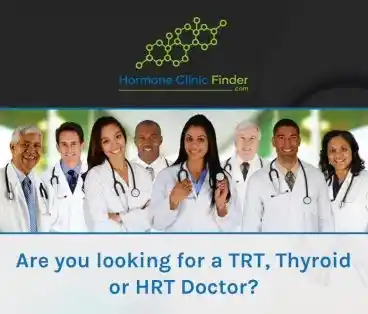madman
Super Moderator
From hyper- to hypo-: ADHD medications & sexual dysfunction
Elijah W. Hale, MS*, Tyler J. Igoe, BA, Oscar R. Bernat, BA, Tyler D. Cohan, BA, Katherine P. Thompson, MPH
Abstract
Background
Although attention-deficit/hyperactivity disorder’s (ADHD’s) impact on academic and social outcomes is well documented, its influence on sexual health, especially in adolescents, remains poorly understood and adolescents with ADHD are at higher risk for high-risk sexual behaviors (HRSBs) and sexual dysfunction, which prior research has indicated may be somewhat influenced by medication.
Aim
To define the relationship between ADHD treatment and sexual dysfunction in adolescents, focusing on the effects of stimulant versus non-stimulant medications and gender differences.
Methods
Using de-identified electronic medical records from the TriNetX platform, this retrospective cohort study analyzed over 600 000 adolescents with ADHD. Patients were divided into male and female cohorts and further classified by stimulant, non-stimulant, or no medicationuse. Propensity score matching was applied to control for demographic factors. Sexual outcomes were identified using ICD-10 codes, including HRSBs, erectile dysfunction in males, and dyspareunia in females.
Outcomes
The primary outcomes of interest were HRSB with both opposite- and same-sex partners, paraphilia disorder, increased libido, hyper/compulsive sexual behavior, ejaculatory dysfunction, erectile dysfunction, contraception use, and dyspareunia.
Results
Stimulant medications were linked to increased libido and hypersexual behaviors, especially in males, who also reported higher rates of erectile dysfunction. Females on stimulants exhibited higher rates of contraceptive use and slightly elevated libido. Non-stimulant medications showed fewer sexual side effects.
Clinical Implications:
The findings underscore the need for clinicians to carefully consider the sexual side effects of ADHD medications, particularly stimulants, when developing treatment plans for adolescents, and gender differences in sexual dysfunction and high-risk sexual behaviors suggest that tailored interventions are necessary to address the unique needs of male and female patients.
Strengths and Limitations
The limitations of this paper include its retrospective nature and the fact that the data collected were self-reported. Additionally, the lack of diversity in the patient population is a limitation.
Conclusions
Stimulant medications may exacerbate certain sexual dysfunctions, particularly in males, while non-stimulant treatments have milder effects; gender-specific differences suggest distinct sexual health impacts for males and females and clinicians should consider the potential sexual side effects of ADHD medications, particularly in adolescents, and further research is needed to explore the long-term effectsof ADHD treatments on sexual health.
Conclusion & future directions
Our findings illuminate critical relationships between ADHD, medication use, and sexual dysfunction in adolescents. Stimulant treatments in particular appear to elevate the risk of sexual dysfunction, most notably in males, while non-stimulantscarry their own, albeit less pronounced, sexual side effects.The pronounced sex-based differences highlighted by this research indicate that clinicians should adopt individualized approaches, ensuring both male and female patients receive effective ADHD management without compromising sexual well-being. Given the elevated incidence of high-risk sexual behaviors in adolescents with ADHD, integrating comprehensive sexual education and counseling into treatment plans is equally imperative.
Future work should prioritize longitudinal studies that follow adolescents into adulthood to determine the longterm consequences of ADHD and its treatments on sexual health. Mechanistic studies examining how ADHD medications influence sexual function, and whether these effects diverge between sexes, are also needed. By continuing to investigate these intersections, we can refine diagnostic criteria, optimize treatment strategies, and ultimately promote healthier outcomes in both ADHD symptom management and sexual well-being for adolescents.














